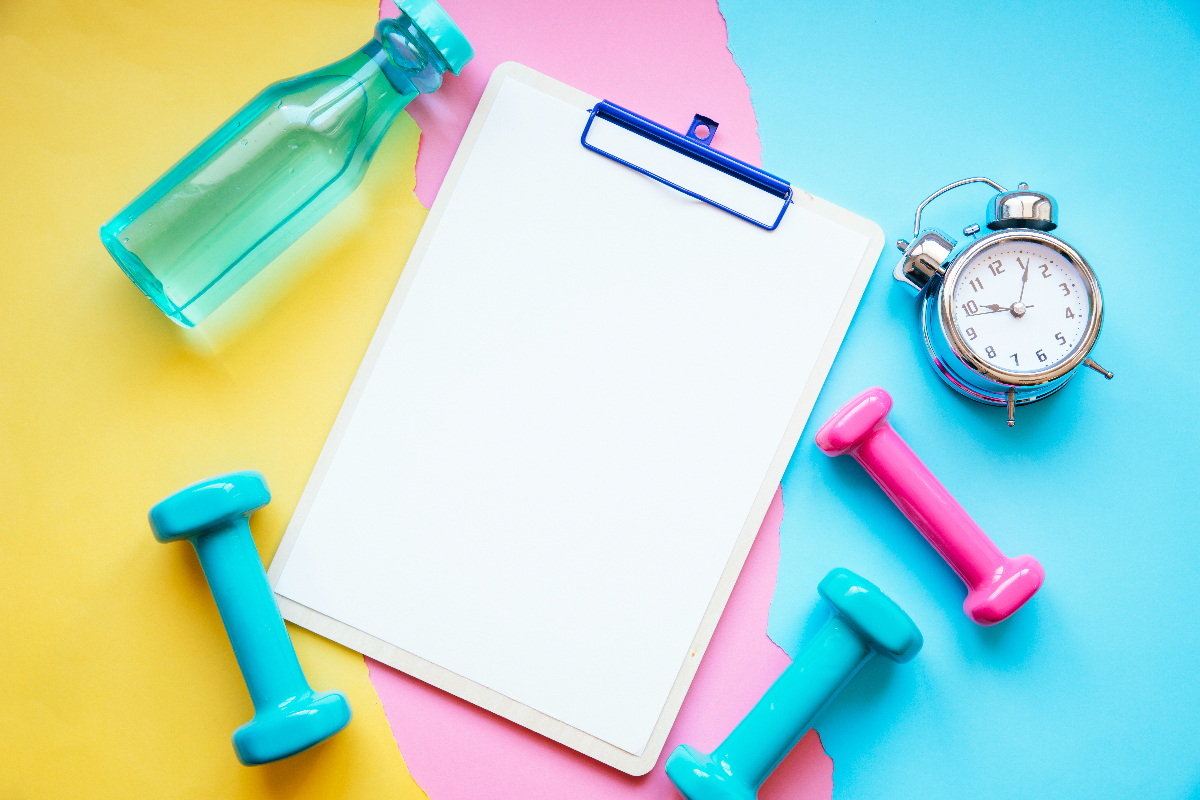Whether you’re looking to build more muscle, increase your endurance or simply lead a healthier lifestyle, goal-setting is critical to achieving tangible results you can be proud of. Here is a guide to fitness goal-setting that will help you set realistic goals you can measure.
Make your goals personalised
When it comes to fitness goals, they should always be set individually, meaning your goals should be personal and realistic. Ask yourself what you care about and what motivates you, as well as what doesn’t. Avoid setting goals that are too high or too low for your current fitness level.
Know the role of diet
Exercise and diet go hand in hand. Diet has the power to multiply your fitness results or it can undo the progress you make.
The relationship between diet and exercise is quite simple, exercise burns the calories you consume through diet. Eating too many calories for the amount of energy you burn, leads to weight gain, while the opposite leads to weight loss.
Set smart fitness
goals you can
measure
Experts recommend using the smart system to achieve your fitness goals, making them specific, measurable, achievable, realistic and time-bound. As mentioned above, goals need to be personal and realistically achievable. But you also need to be able to measure your results and attain your goals within a certain amount of time.
Some measurable fitness goal examples include:
● Running 5K (3.1 miles) nonstop
● Doing 50 push-ups consecutively
● Losing 20 pounds
You can also set both immediate and long-term timelines for your goals, creating an even clearer path toward progress.
Workout schedule
To achieve any fitness goal, you need to apply consistent, daily effort that creates results over time. However, one of the biggest challenges people face when beginning a fitness journey is not knowing what to do once they get to the gym. A schedule is a great way to get clear on which exercises to do and when.
Carve out a block of time in your schedule each day and include details like:
● Which exercise or workout you plan to do each day
● How long your workouts will last
● When you’ll take an active recovery or rest day
Keep track of progress
It’s important to be invested in your progress. Create a system for keeping track of your results, whether it’s through a fitness app or device or jotting down notes in a journal. Tracking your fitness progress increases the personal accountability you feel toward your goals and can help you visualise your results.
Along with tracking your primary fitness goal, such as weight loss or run minutes, consider recording secondary results like:
● Number of days you exercise each week
● Average time of workout session
● Improvements in sleep, focus or mood.
